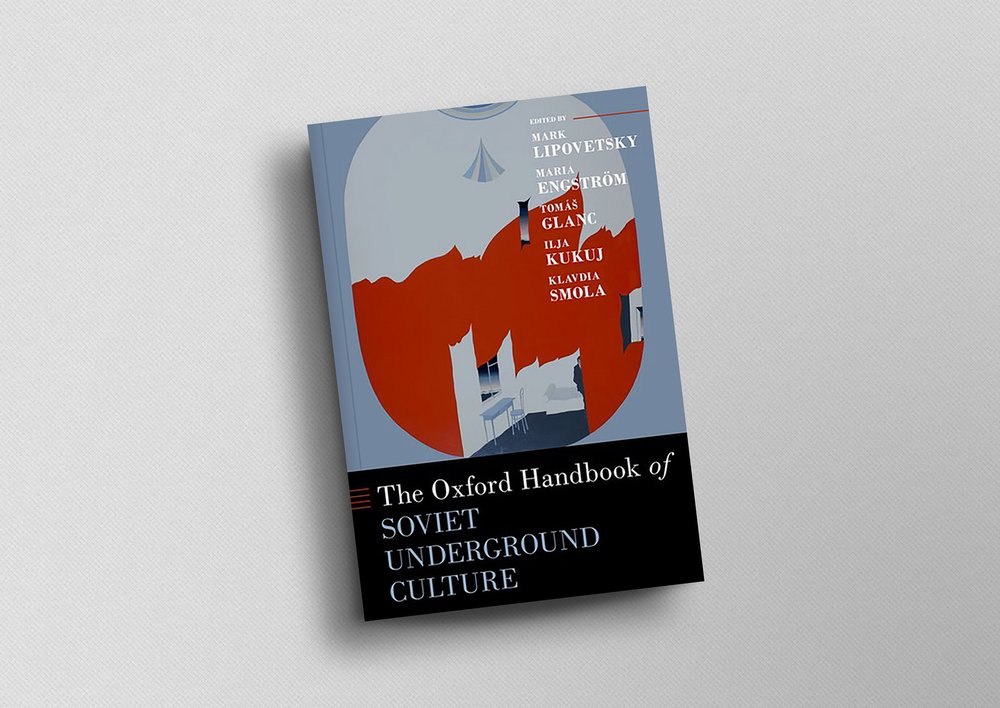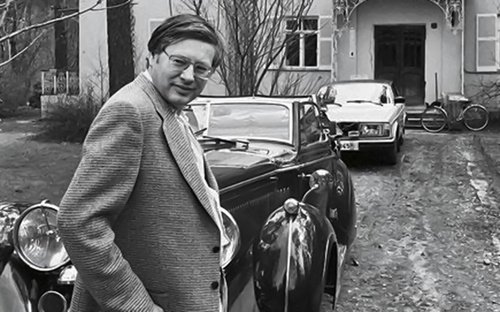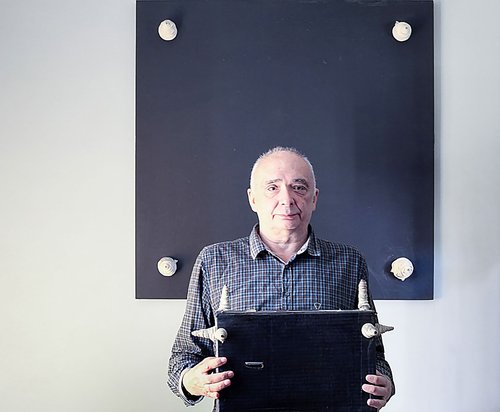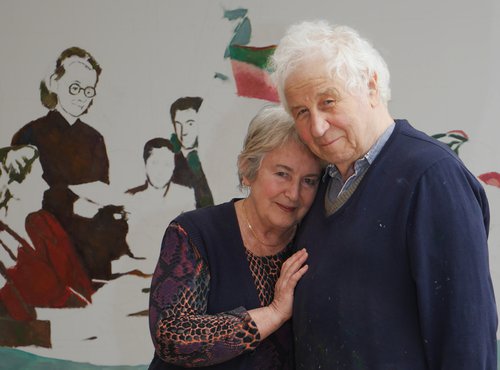Fifty Writers Join Forces on Handbook of Soviet Underground

The Oxford Handbook of Soviet Underground Culture, edited by Mark Lipovetsky, Maria Engstrom, Tomas Glanc, Ilja Kukuj and Klavdia Smola. Oxford University Press, NY, 2024. Courtesy of Oxford University Press
The Oxford Handbook of Soviet Underground Culture, recently published by Oxford University Press is an intriguing patchwork of essays covering several aspects of this culture – and, according to art critic and curator Alistair Hicks, evoking many unexpected parallels with the present.
This is a monster of a book for a monster of a subject. Some fifty authors have been selected as guides to try and show us paths into this deep and often a forest which seemed impenetrable. For the artists of the Underground hiding one’s tracks was at times a matter of life or death: it was second nature to most living through this period.
For an outsider, like me, it is fascinating if chilling to learn about the endless ever-evolving rules and the regulations, that were trying to force a population along the strictest of Stalinist lines. As in Orwell’s vision of 1984, his regime and its legacy was not content to just control behaviour. It wanted, it needed to control everyone’s thinking. This handbook is a record of the extraordinary contortions an odd hundred or so people took to build their own byzantine, maze-like castles in the air. It is not surprising that Conceptualism was the inner kernel of resistance. We are all capable of building fortresses inside our heads.
My first guide was an obvious choice: Olesya Turkina. Her essay comes under the rather weighty heading, ‘Underground Visual Arts: Photograph, Film, Photo-Based Conceptualism’, but she immediately gives us an inroad by giving it a subtitle the ‘ZigZag of Success’, recounting the story of Eldar Ryazanov’s film of that title. It is the story of Valdimir Oreshnikov, who spends his life dreaming of the he owns a real professional camera, a Zenit 6, so he can become a real photographer, but when he wins the lottery, he spends the money on a fur coat for his wife.
Turkina’s essay neatly outlines the context of unofficial art in an area that very much had its official function to serve the People and the Party. She quotes Gorky in the preface to the first issue of ‘SSSR na stroike’ [USSR in Construction]: “In order to deprive our enemies inside and outside the Soviet Union of the opportunity to distort and discredit the testimony of words and numbers, we have decided to turn to light painting, to the work of the sun— to photography. You cannot blame the sun for distortions: the sun illuminates what is as it is.” The camera became the tool of propaganda. As Turkina writes, ‘In the late 1920s, photography rose in prominence while also losing its independence. Its function was to serve “the people,” i.e., the Party and the Soviet ideology.’ But paradoxically this also led to it becoming a more effective weapon to question the aims and regulations of the ruling system. The mid-fifties saw a relaxation. Turkina writes, ‘The Central Committee Presidium’s decision, dated July 14, 1955, “On permitting foreigners as tourists and the import of cameras” (Goriaeva 308), can be considered the beginning of the official Thaw vis-à-vis photography.’
The see-saw between freeze and thaw seems to have defined Russian life deep into the past, whatever regime has been in power. While it is not possible to overemphasise the dangers many artists of all descriptions risked making work within the strictures of the society in which they were living, the lines between official and unofficial art were blurred. The editors at the beginning of this epic tome declare, ‘Although the rigid binary opposition between the official culture and the underground does not hold water, the coexistence of the two cultures remains a historical fact.’ Despite the declared aim to produce a clear unchallengeable art ‘addressed to the masses, approved by the Party’s censorship and subjugated to the Socialist Realist dogma,’ the music of Dmitri Shostakovich (1906–1975), the cinema of Andrei Tarkovsky (1932–1986) and the novels of Yury Trifonov, mysteriously existed on one side of the fence while other artists, with official jobs that did not deign them with the title of artist were making Underground Culture. Let’s face it – it was a maze as Ilya Kabakov’s (1933–2023) dimly lit Labyrinth demonstrates.
The joy of a handbook like this is that one can get lost in it and suddenly receive a shaft of light about an artist or event. My ignorance is endless, particularly it seems about Borises, so I had not heard that Mikhail Piotrovsky had dubbed the photographer Boris Smelov (1951–1998) the “poet of damp Petersburg” or that Boris Groys had waxed lyrically about Boris Mikhailov’s (b. 1944) “eroticism of the imperfect.” Turkina talks of Mikhailov’s famous ‘series, which in the 1990s was extensively exhibited in both the West and Russia and which today is difficult to imagine hanging on the walls of Russian museums (because it would be liable to charges of pornography, exhibitionism, and “fascist propaganda”) …’ Sometimes New York and Moscow are not that far apart.
One can easily be misled by imagining that the Soviet Underground was in total isolation. Like most intelligent people they were great scavengers of information. The Handbook has sections on multiple intellectual hubs. There is even an essay by Valentina Parisi on their infrastructures and another by Ainsley Morse on “In-Betweeners”, those navigating between the official and unofficial worlds. Then there are studies on ‘Joseph Brodsky and his Circle, Queer Culture, Dissident Feminism’ and separate essays devoted to Ukraine, the Baltics, Belorussia and many more.
Let’s conclude with the absurd! Tomas Glanc, one of the editors, writes about the ‘Young Conceptualists’, to demonstrate that Conceptualism went well beyond the coterie of the Kabakovs, Erik Bulatov (b. 1933) and Viktor Pivovarov (b. 1937). Glanc quotes a conversation between two second generation conceptualists, Yury Leiderman (b. 1963) and Sergei Anufriev (b. 1964). “I consider any attempt right now to go back to Conceptualist tradition, namely the tradition of conversation and discussion, absolutely meaningless …. Any conversation between Kabakov and Monastyrsky [the leader of the Collective Actions Group] possesses value, you listen to it like gold, but what we have here is absolute idiocy.” And Anufriev continues, “Once ideology becomes incoherent, it turns into psychedelia.”
Absurdity sometimes saved the artists from being arrested. It was a safety mechanism. Yet their use of it to critique the Soviet regime is not that far removed from the way Monty Python or Saturday Night Live savaged the American and British way of life. We all need the Underground.
The Oxford Handbook of Soviet Underground Culture

















